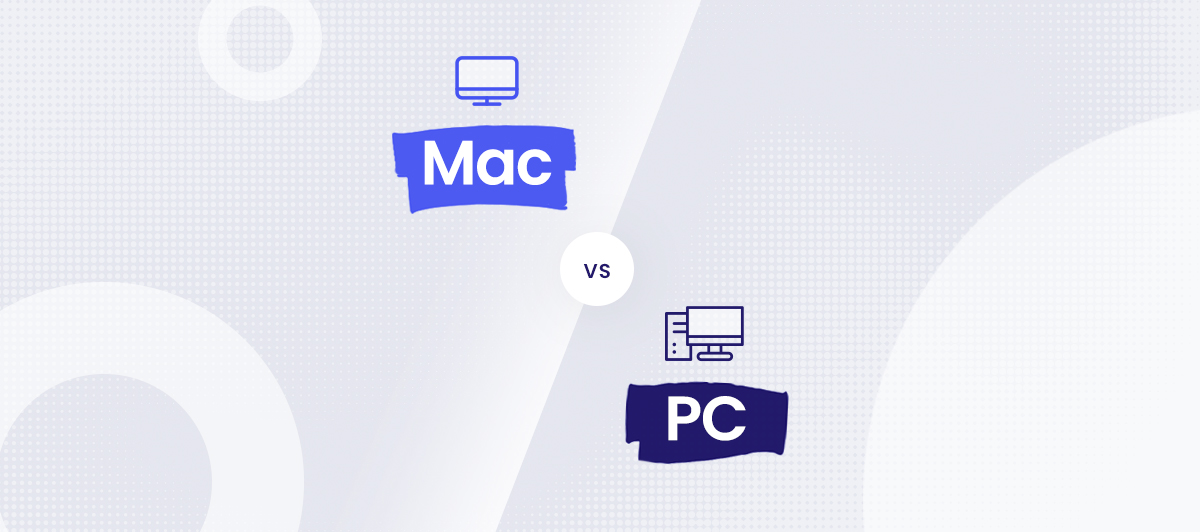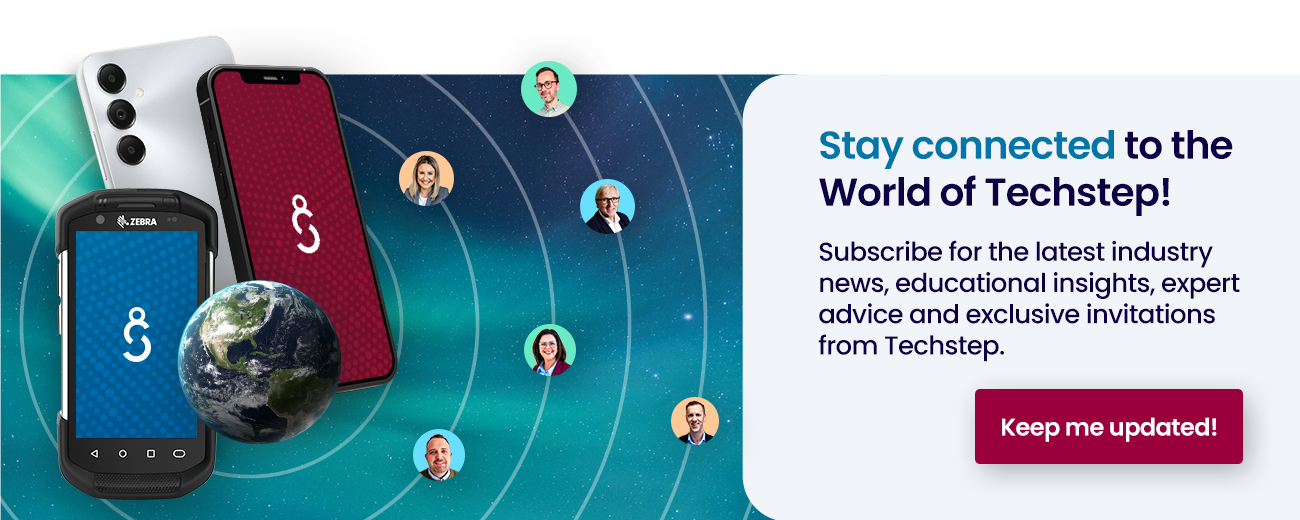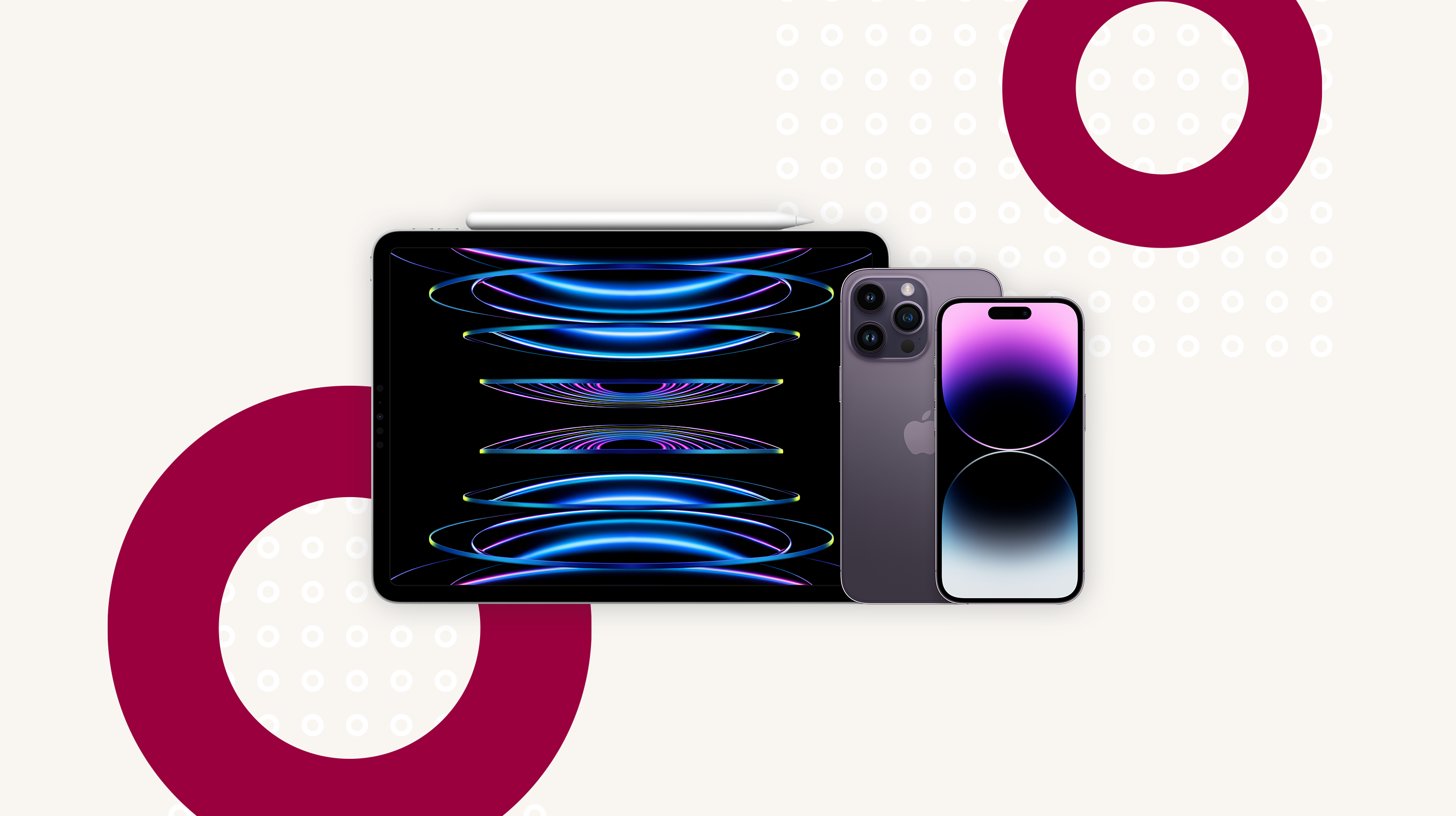In the dynamic world of computing, the age-old clash between Mac and PC users persists, especially in the corporate world. The users find themselves heavily entrenched, with Mac enthusiasts in one trench and Windows PC advocates in the other. Shots are continuously fired, reminiscent of the debates among iPhone, iOS, and Android users.
A notable shift is happening as corporations adopt a mix of both Macs and Windows PCs, particularly in creative and tech-centric industries. Traditionally, Windows PCs have been the go-to choice for most corporations, with a few exceptions. In the creative field, Macs have been the preferred choice, claiming superiority in design work. This was true in the past when Mac had a superior graphical user interface (GUI), font-handling, and when Adobe Software was Mac-exclusive. To be fair, that argument has weakened over time, as computers are now just a tool, and both Windows PCs and Macs can handle design tasks equally.
This article looks into the contemporary strengths and weaknesses of Macs and PCs, and explore the user experience, security dynamics, and the nuanced realm of total cost of ownership. The corporate landscape, once dominated by Windows PCs, is undergoing a transformation. Macs are gaining traction like never before in the corporate landscape due to their lower total cost of ownership and enhanced security features.
User Experience and Design
Mac
For Mac users, the experience is shaped by a blend of intuitive design and seamless integration. The macOS interface is renowned for its minimalist aesthetics and deliver a sleek and consistent look across all devices within the Apple ecosystem. The learning curve is remarkably low, making it an ideal choice for users who value straightforward navigation and a user-friendly environment. A standout feature in the Mac user experience is the flawless integration of hardware and software. Macs are designed to work harmoniously, resulting in a cohesive and responsive system. While the built-in software may be more limited compared to Windows, since it is it is refined and often tailored for creative pursuits.
Mac users also enjoy the benefits of a thoughtfully curated App Store, where strict quality control minimises the risk of encountering malware. Unified updates ensure that the entire system stays current, providing users with the latest features and security patches in a centralised manner. The satisfaction of Mac users is often rooted in the consistent design, reliability, and the seamless experience that extends across Mac, iPhone, and iPad devices.
PC
The Windows operating system is known for its flexibility, customisation options, and familiarity, and cater to a diverse user base with varying preferences and budgets. Users have the freedom to tailor their desktop experience to suit their preferences and can enjoy a wide range of hardware options from different manufacturers. This flexibility allows users to upgrade their computers for improved performance, offering versatility in both functionality and pricing.
The Windows interface is known for its diversity, accommodating both tech-savvy users who appreciate customisable complexity and those seeking a more straightforward interface. Windows PCs feature a broad range of built-in software, including the staple Microsoft Office suite for productivity. However, the abundance of applications in the app library comes with a drawback – the decentralised nature of software sources may expose users to a broader range of applications, some of which could pose security risks. The platform's popularity ensures compatibility with a vast array of software and peripherals.
However, the multitude of manufacturers may result in a less cohesive experience compared to the unified design of macOS. While Windows PCs are appealing for those on a budget, the varied hardware components can lead to a more unpredictable experience, as they may interact differently. The widespread adoption of the operating system also makes it more susceptible to security threats and viruses. Additionally, the diverse focus on build quality among manufacturers means that some prioritise premium design, while others do not. In summary, the Windows user experience offers flexibility and customisation, catering to a broad spectrum of users, but users must navigate potential security risks and varying build qualities.
Security
Mac
Macs are known for their robust security features. The Unix-based operating system inherently reduces susceptibility to malware. The Mac ecosystem is fortified with built-in security tools such as Gatekeeper, controlling app installations, and XProtect, an anti-malware feature. These features contribute to a decreased reliance on third-party antivirus software.
Security updates for Macs follow a centralised approach through the Mac App Store, which ensures a streamlined and efficient process for maintaining system security. While this centralised method contributes to efficiency, it's worth noting that users can also receive updates directly from Apple, with critical security updates often automatically pushed to users. The need for additional security measures is potentially lower for Mac users, as the built-in security features typically prove sufficient in creating a secure computing environment.
PC
Windows PCs, due to their higher prevalence and consequently increased vulnerability to malware, often necessitate additional security measures. Windows Defender, the built-in antivirus solution, along with the Firewall and Windows Security features, offers a baseline level of security.
Nevertheless, users often find it necessary to invest in third-party antivirus software for comprehensive protection. Security updates for Windows PCs may come from varied sources, with decentralised updates being a common occurrence. The need for additional security measures for Windows users is often higher, and an investment in reputable third-party security software is often required to strengthen the overall security posture of the system.
Total cost of ownership
Mac
Investing in a Mac entails a distinct cost of ownership profile, often characterised by a higher initial purchase cost. Despite this upfront expense, it is frequently balanced by factors that contribute to lower ongoing support costs. The disparity in upfront costs may be more pronounced when comparing entry-level Mac models to entry-level Windows PCs. The premium build quality of Macs typically results in a longer lifespan for the devices, reducing the need for frequent replacements and enhancing resale values. Mac users benefit from a comprehensive approach to security, experiencing lower susceptibility to malware. This reduced risk often translates into reduced security-related expenses, as Mac users tend to rely less on additional antivirus software and security measures.
Although Macs may offer limited hardware customisation options, their efficiency and longevity contribute to a potentially lower total cost of ownership throughout the device's lifespan. The upfront cost usually includes essential software, which minimises additional licensing expenses for users. However, when it comes to upgrades, Mac users might face higher costs due to the limited hardware customisation options. Despite this, the overall cost of ownership is often perceived as a worthwhile investment in a reliable, secure, and durable computing experience.
PC
Windows PCs, known for their diverse pricing options, typically come with a lower upfront purchase cost compared to Macs. While the initial expense is friendly to various budgets, the total cost of ownership over the device's lifespan can be influenced by factors such as maintenance, support, and replacement costs. Maintenance and support costs for Windows PCs vary based on the manufacturer and the chosen support plans. Additionally, the diversity in hardware options means that the durability and resale value of Windows PCs may vary widely, impacting the overall cost of ownership.
Security measures for Windows PCs may require additional investment in antivirus software and other security measures due to their higher susceptibility to malware. While software licensing costs for essentials such as the Microsoft Office suite may incur additional fees, the extensive hardware customisation possibilities can contribute to cost-effective upgrades and cater to specific user requirements. In summary, Windows PCs offer a diverse pricing landscape, catering to different budgets, but users may encounter variable costs in maintenance, support, and security. The flexibility in hardware customisation can influence the overall cost of ownership, making Windows PCs an adaptable choice for users with varying needs.
Summing up
In summary, Windows PCs have historically dominated the corporate world, but there's a rising trend of adopting a mix of Macs and Windows PCs, especially in creative and tech industries. Windows PCs offer flexibility, diverse hardware options, and cost-effectiveness, catering to various preferences and budgets. However, their customisation may lead to unpredictable ownership costs in corporate settings. When considering Macs, initial cost comparisons may favour PCs, but total ownership costs, including services and support, often lean towards Macs.
Mac is clearly rising as a contender in a corporate setting in 2024. This growth has been attributed to several factors, including lower total cost of ownership, improved security, enhanced productivity, and user preference. Despite often requiring a higher initial investment, Mac's seamless integration, robust security, and longevity appeal to users valuing reliability and a unified ecosystem. While historical arguments surrounding design preferences and software exclusivity have lost their relevance, the debate persists, fuelled by evolving user experiences and changing technological landscapes. However, what remains constant is the significance of choosing a computing platform that aligns with one's needs and enhances productivity and satisfaction in the digital realm. Acknowledge that security, cost of ownership, and user experience remain pivotal considerations for users contemplating their choice.
Transitioning from a familiar PC environment to Mac can evoke concerns and uncertainties, especially within an IT organisation, akin to the challenges an Android user might face when navigating the iOS landscape. Here’s where Techstep comes in to offer support. Macs make it easy to have a unified enrolment experience. Managing Macs is just as straightforward as managing iPhones. When it comes to lifecycle management, we have the know-how to ensure that the device is easy to enrol, manage, and decommission – and with Macs, it's just as straightforward.
We are Apple experts
As a distinguished Apple Enterprise Authorised Reseller (AAER), Techstep brings unparalleled expertise to the forefront, specialising in orchestrating holistic solutions that unleash the full potential of iOS and Mac technology. Our proficiency allows organisations to maximise their Apple investments, delivering seamless integration and superior performance. At Techstep, we are adept at configuring, deploying, and providing unparalleled support for a wide array of Apple products. This ensures that our clients not only acquire cutting-edge technology but also improved efficiency for the entire organisation. Our commitment to excellence makes us the go-to advisory partner for organisations seeking to harness the power of Apple solutions with confidence and ease.




